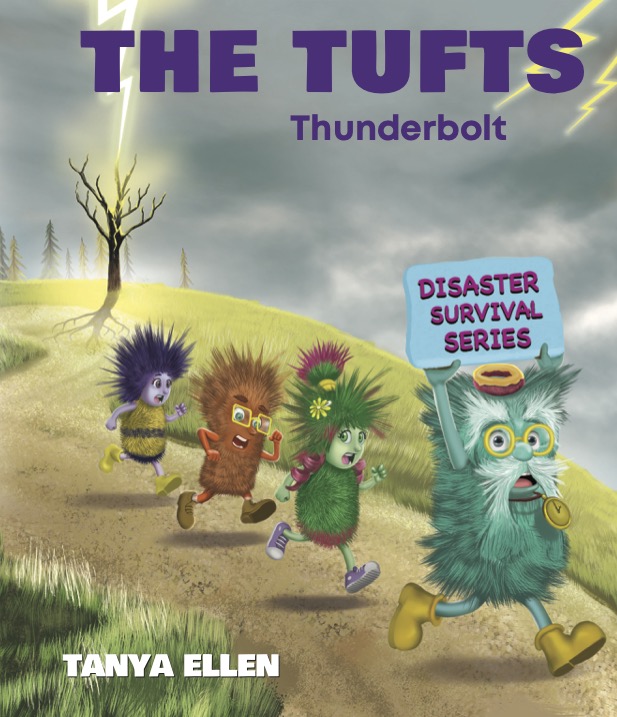
Everyone needs a Disaster Survival Coach!
No one is born knowing what to do in a fire, or how to pack a survival kit. It’s a learnt skill. And not many of us have learnt the skill. I wasn’t taught at school or from my parents. This is why when you watch the news, we still see horrible stories of someone losing their life because they were driving in moving flood waters. Because, that poor person thought they could. They didn’t know the dangers. Knowing how to be prepared and how to act in a disaster situation comes down to a few skills and our behaviour. It’s just like driving a car.
Out of 10, how prepared are you?
How To Use A Fire Extinguisher ?
🧯
Thinking about food that can last For ages
Ever wondered if you can use expired sunscreen?
this is the number 1 Cause of House fires By Pets
A Book Series For Kids That Teaches Essential Survival Skills



A fun and thrilling adventure series that teaches kids about natural disasters and offers advice on how to stay safe.
